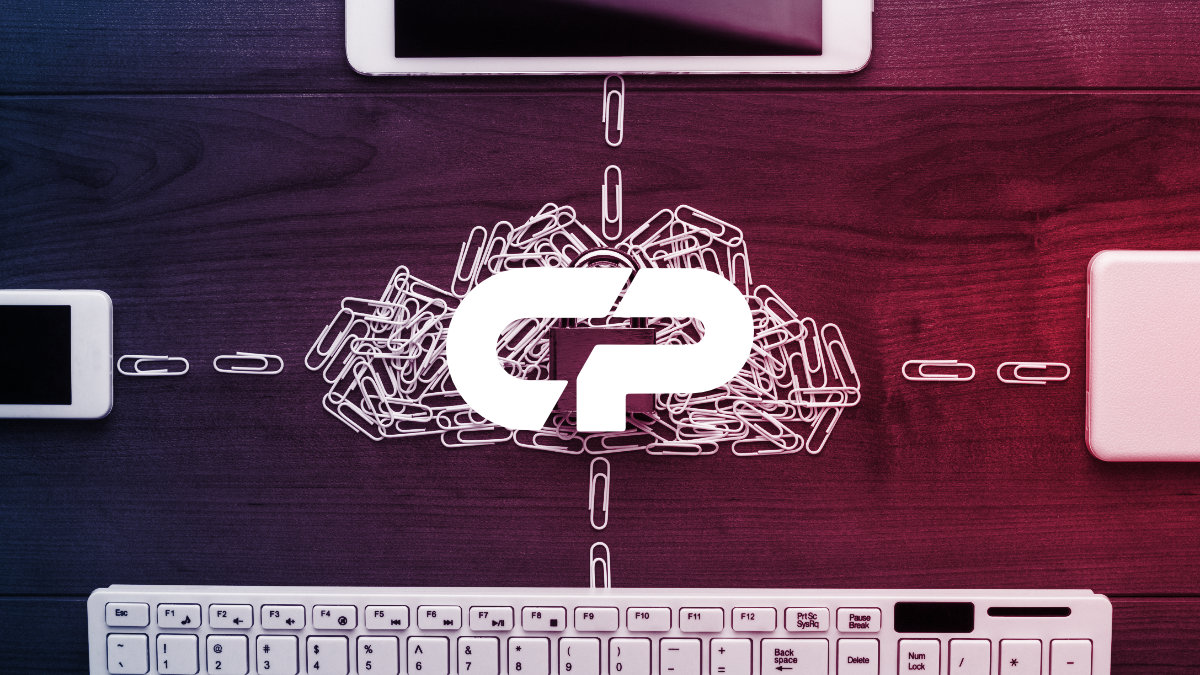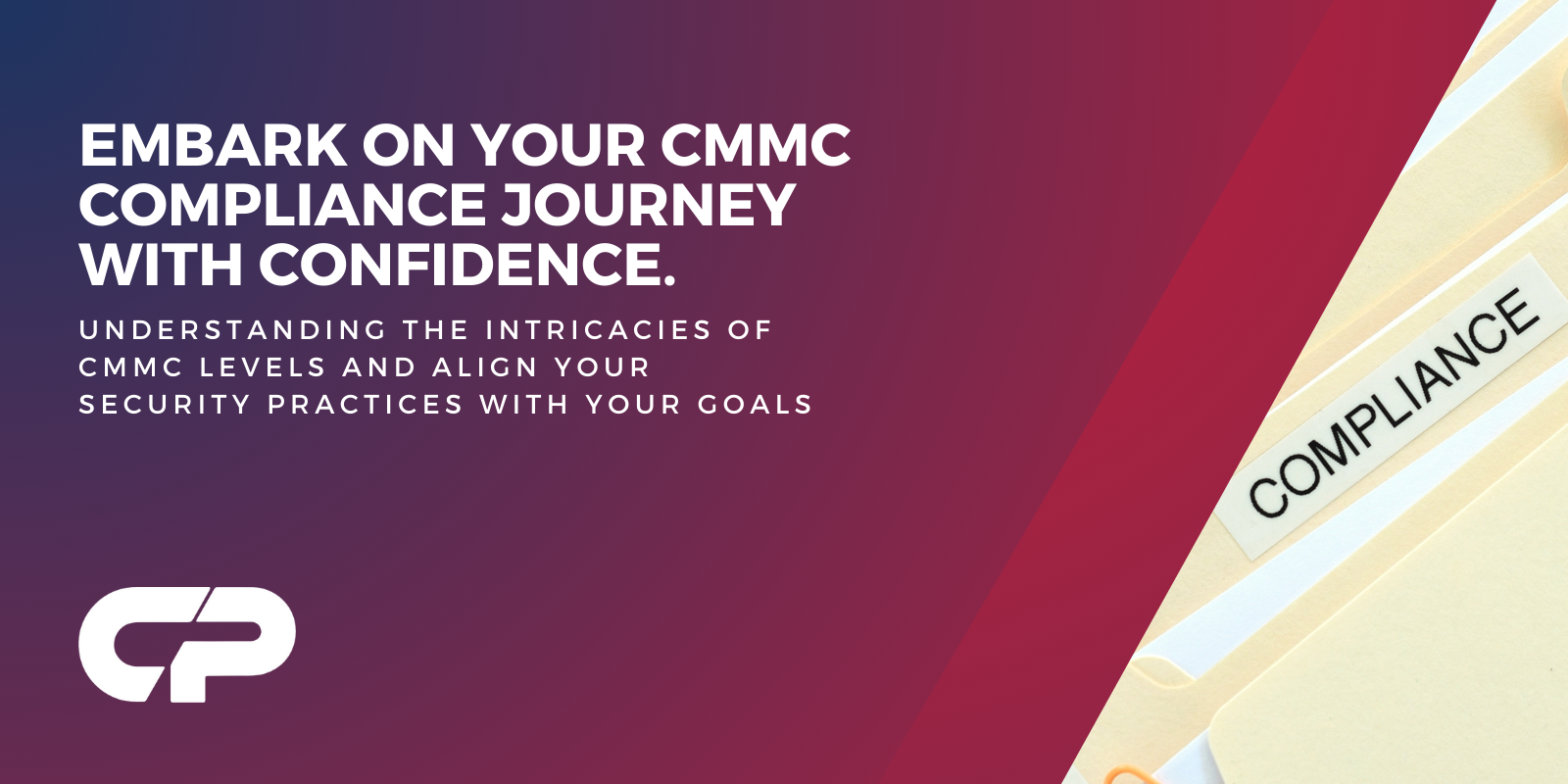The roadmap to successful CMMC compliance starts with understanding the various security levels and implementing the security practices that align with your compliance goals. Let us dig deeper into the basic security practices and how best you can implement them to achieve CMMC compliance.
Understanding Your CMMC Requirements and Goals
The foundational aspect of CMMC compliance is the sensitive nature of the data that you will be handling as a contractor to government agencies. Thus, you need to have a very clear understanding of the type of data you handle and the various data flows to determine the compliance level you need to achieve. Once you have clearly defined your goal to be one of the three compliance levels, you can analyze your existing systems and implement the required security practices. Here is a breakdown of the required security practices for each level.
Basic Security Requirements and Best Practices
Assess your risks and current security implementations
Before you implement any new security control, it is important to analyze your established systems and find the gaps in them.
Perform a complete risk assessment to identify your risks and existing vulnerabilities. Prioritize fixing these vulnerabilities and make them part of your system security plans.
Security assessments also help you evaluate your capabilities in handling classified data and understand your current strengths and weaknesses. Once you have identified your requirements, you can implement the security solutions to help you achieve the required security standards and benchmarks.
Access control
Access control refers to the security mechanism by which you limit data access to only authorized users and processes. This can be achieved with the help of establishing strong identity-based access to data where each user and role are well specified. The rights and privileges for each user/role must be strictly defined and established.
Identification and authentication
As an extension to access control, you should also implement a strong authentication system that helps you identify each user or device with access to your systems. Employ advanced authentication protection like MFA and train your users on password protection and best practices to achieve the desired security strength.
Media protection
Ensure all information is sanitized before you process it into your system media. Limit access and ensure confidentiality and integrity throughout data storage and transmission. Establish the proper policies and procedures for the safe handling of data. Some top methods you can use to protect data include:
- Data encryption
- Improved network security
- Improved access controls
- Implement secure backup solutions
- Improve your physical security
Physical protection
Limit unauthorized physical access to your servers, systems, and operating environments. Implement security mechanisms to make sure you restrict access to visitors and monitor visitor activity within your premises. Maintain logs on access to your devices and environment.
System and communications protection
Secure all channels of communication and data transfer mechanisms you use for sharing information and resources within and outside your organization. Improve your network security, set up monitoring solutions, intrusion detection, and threat detection systems to detect intrusion attempts and unauthorized access to your data.
System Integrity
Update any data discrepancy as soon as possible and establish proper reporting processes in case of data leaks or any security incidents. Scan your systems and files periodically.
Establish regular auditing processes
Security cannot be a one-time effort. You need to continuously improve your solutions, update available security patches, and ensure you keep up with the evolving cyber landscape.
Cyber attacks are always evolving and getting more sophisticated, and hence, you should also be prepared to tackle them by keeping your systems up-to-date and secure. One good way to ensure security preparedness is to perform regular security audits. These audits can be carried out internally and with the help of third-party agencies to evaluate your security processes and controls objectively. The information from these audits can help you maintain your security standards.
Training and awareness
A huge chunk of cyber attacks are carried out via social engineering and simple mishaps by users. For instance, if your users are careless and tend to use simple passwords, do not update their passwords for a long time, and share their passwords or personal information in public spaces, it can be easily used to hack into your systems.
Hence why, it is very important that all your users are properly trained on security best practices and are made aware of common cyber attack patterns. Conduct training sessions on common scams and phishing attacks and help your employees stay secure at all times. Ensure they know the best methods to protect confidential data, safe disposal of data, and overall security hygiene when they have access to confidential data.
More security practices you can follow
- Employ email protection systems and train employees on secure email usage, phishing attacks, and suspicious emails
- Install antivirus and malware protection software on your devices
- Ensure your physical devices are always attended to and not left unattended unsecured
- Only connect to secured networks, be it wired or wireless
- Train your employees on making sure information is secured when sharing screens during virtual meeting
- Destroy or dispose of data securely if it is no longer required.
- Dispose of your old equipment and records securely
That said, get started with CMMC compliance now. For any assistance, contact our professionals today.
CP Cyber: Industry Leaders in Cybersecurity
We’re established leaders in the provision of cybersecurity solutions to businesses of a range of sizes, including large enterprises. No two businesses are the same, and neither are our cybersecurity solutions. We bring the capability that you need to identify and address vulnerabilities within your business, and threats that could compromise it, and use these insights to secure your business. Don’t just take it from us, see what our customers have to say.
Want to create an industry-leading cybersecurity posture for your business? Book a meeting with us today. We’d be glad to meet you, listen to your needs, and offer empowering insights and guidance.



